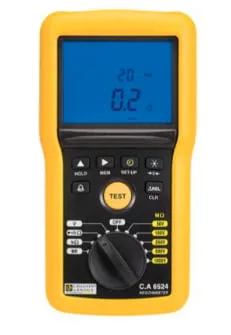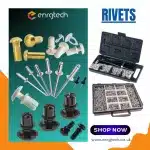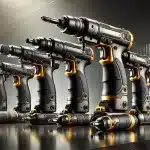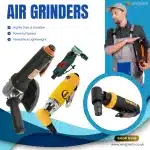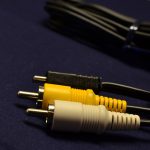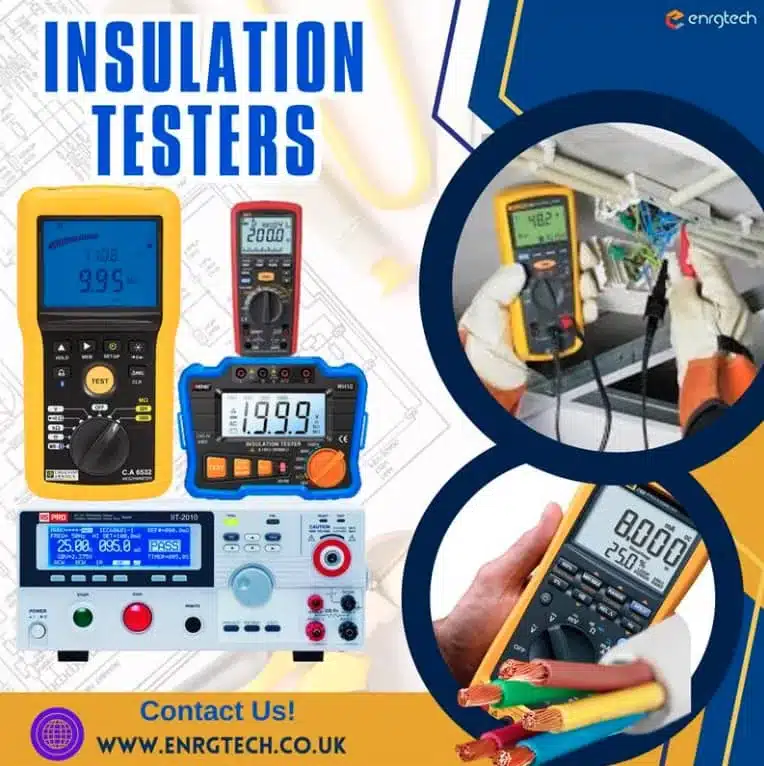
Introduction
Electrical safety is a priority for anyone working with electrical systems. During electrical maintenance, insulation testing is one of the most important safety measures, preventing potentially fatal electrical accidents. The specialised tools—insulation testers—ensure safety, equipment reliability, and the overall health of an electrical system. This beginner’s guide demystifies these critical tools, explaining their basics, what they do, how they work, popular types, and crucial selection parameters.
What is an Insulation Tester? Definition & Core Functions
Insulation testers, often referred to by the brand name Megger or as a Megohmmeter, are specialised electrical testing instruments that evaluate the integrity of insulation in various electrical equipment. These versatile tools can detect a variety of issues, including moisture ingress, thermal ageing, cracking, mechanical damage to cable jackets, chemical attack, and surface tracking. The core function of an insulation tester is to measure insulation resistance (measured in megohms, MΩ) and to identify weak, damaged, or deteriorated insulation early. It also determines whether the insulation material can effectively prevent current leakage.
What is Electrical Insulation? Why Is Insulation Testing Important?
Electrical insulation refers to the material or coating that prevents the flow of unwanted electrical current between conductive parts. It ensures the circuits operate safely and efficiently by isolating components. Electrical insulation protects the equipment from short circuits, heat damage, and electrical leakage.
Over time, heat, moisture, chemicals, and physical stress can compromise the protective barrier around conductors. This can result in catastrophic failures such as short circuits, electrical fires, and dangerous, costly current leakage. This is where insulation testing becomes essential. Regular insulation testing is critical for maintaining reliability, prolonging equipment life, and ensuring safe electrical operations.
How Does an Insulation Tester Work?
Insulation testers work by applying a high DC voltage (e.g., 500V, 1000V, 2500V) to an electrical component. They measure the tiny current that leaks through the insulation. Using Ohm’s Law —Resistance (R) = Test Voltage (V) / Leakage Current (I) —the meter calculates resistance. A high resistance reading indicates good insulation, which means very little leakage current flows. Conversely, low resistance shows deteriorated insulation, indicating a problematic amount of current leakage flows.
Most Standard Types of Insulation Testers Available Today
There are several categories of insulation testers based on voltage rating and functionality. Some of the popular variants you will find in the market include:
- Handheld Insulation Testers
A handheld insulation tester is a battery-powered, portable, and compact tool designed for field maintenance. These devices measure the electrical resistance of electrical equipment quickly and efficiently. Handheld megohmmeters are easy to use and are ideal for electricians and technicians for basic routine or low-voltage insulation testing and installations.
- Digital Insulation Resistance Testers
Digital meggers provide an accurate, numerical reading of insulation resistance on a digital display. They offer multiple test voltages and include advanced auto-ranging features such as data logging, timer functions, and polarisation index. Digital insulation testers are widely used for routine electrical maintenance, troubleshooting, and compliance testing.
- High-Voltage Insulation Testers
These specialised testers are designed to generate significantly higher test voltage to evaluate insulation integrity in heavy-duty industrial applications. They ensure long-term reliability and safety. High-voltage megohmmeters are essential for testing critical, high-capacity equipment like power transformers, switchgear, generators, and high-voltage cabling.
- Multifunction Testers (MFTs)
MFTs combine insulation testing with other functions, such as continuity checks, loop testing, and RCD testing, in a single unit. They are popular, time-saving tools for initial, periodic, and complete verification and installation of wiring systems, as well as for certification tasks.
Buying Guide: Choosing the Right Insulation Tester
Selecting the appropriate insulation tester requires careful consideration of various factors. When buying one, prioritise the following parameters:
- Understand What You Are Testing
- Type of Tester
- Test Voltage Range
- Resistance Measurement Range
- Safety and Robustness
- Portability and Measurement Accuracy
- Battery Life and Charge Time
- Environmental Conditions
- Compliance and Calibration
- Cost and Brand.
Final Thoughts & Recommendations
Insulation resistance testing is one of the most cost-effective ways to prevent electrical failures. With the correct insulation tester, you can trend asset condition, schedule maintenance before breakdowns, and improve safety. Start with clear test plans and use appropriate voltages and timed readings. For long-term reliability and protection, make insulation testing a standard part of your maintenance routine.






